Mountain Lions Are Getting Closer To California Backyards, Here’s What You Should Know
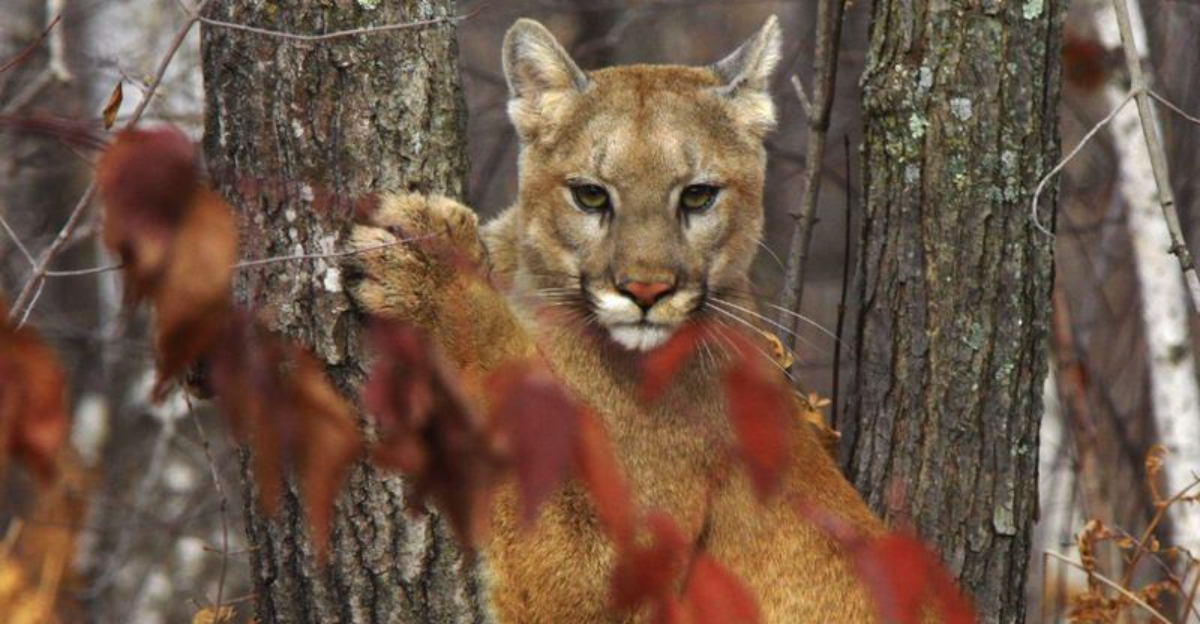
It’s not your imagination. Mountain lions are showing up closer to neighborhoods, trails, and even backyards across California.
But why is this happening, and what should you do if you spot one?
Here are the most important facts every California resident should know.
1. Habitat Loss Is Pushing Them Closer To People
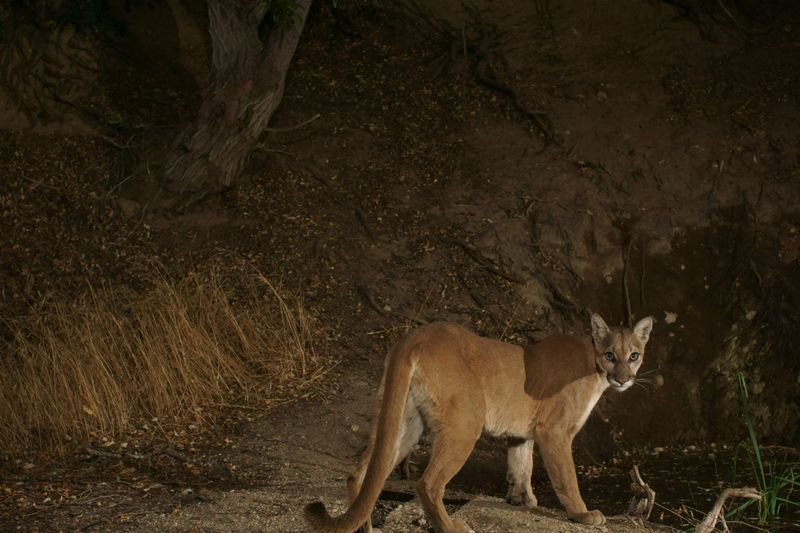
Development and wildfires are rapidly shrinking natural habitats. Mountain lions need large territories to hunt and survive.
When their wilderness homes disappear, these adaptable predators have no choice but to venture closer to human settlements in search of food and space.
2. Most Sightings Happen At Dusk Or Dawn

Twilight hours mark peak hunting time for these stealthy cats. Your evening dog walks or morning jogs align perfectly with their active periods.
Motion-sensor porch cameras frequently capture mountain lions during these transition times, when the cats feel safest moving through neighborhoods.
3. They’re Not Looking For Trouble
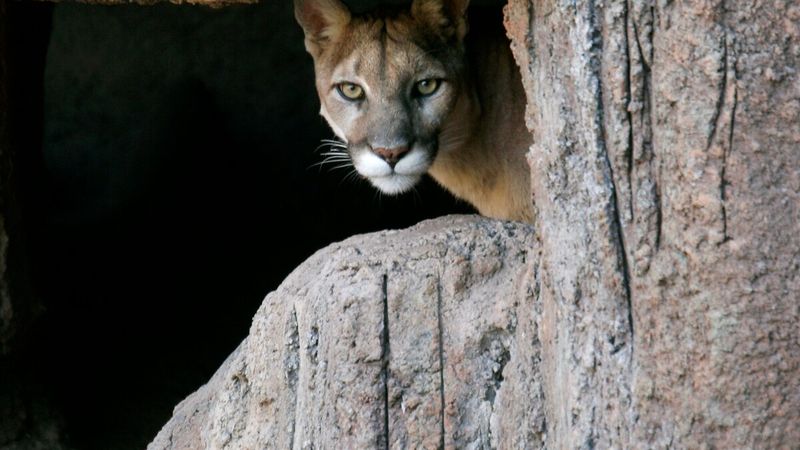
Despite their fearsome reputation, mountain lions prefer avoiding humans entirely. Your presence is more stressful to them than you might think!
When spotted near homes, they’re typically following deer or smaller prey animals that wander into residential areas, not seeking human interaction.
4. Pets Are At Risk-Especially At Night
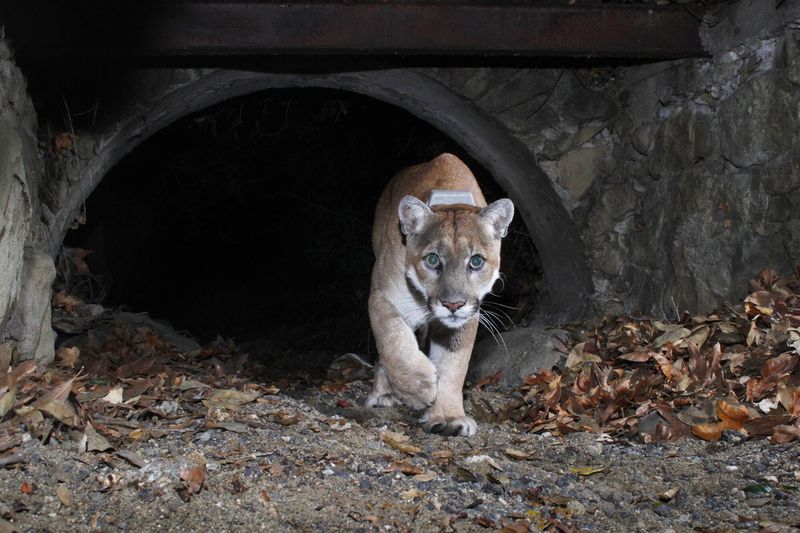
Fluffy and Fido look remarkably similar to natural prey in size and movement. Unattended pets become easy targets for hungry mountain lions.
Nighttime poses particular danger—cats allowed outside after dark face significant risks in areas where mountain lions roam nearby.
5. One Lion Can Have A Massive Range
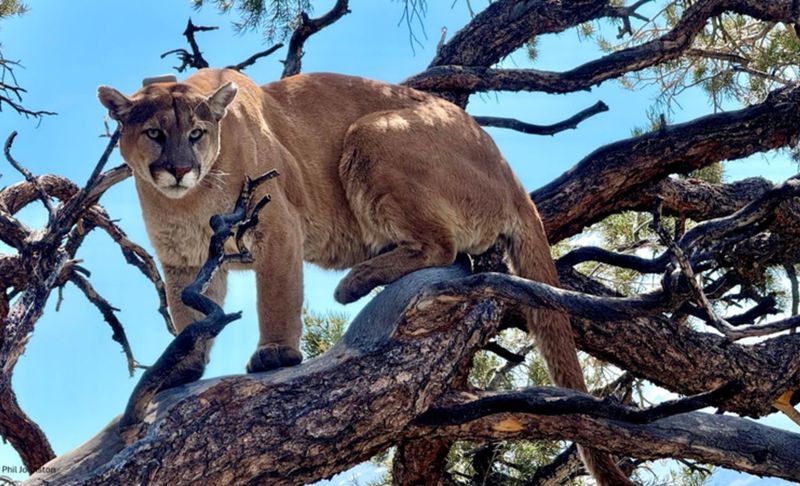
Male mountain lions patrol territories spanning up to 200 square miles in California. Females typically maintain smaller ranges of roughly 50-75 square miles.
This enormous territory means the cat spotted near your home today might be miles away tomorrow, simply passing through its regular hunting circuit.
6. Mountain Lions Are Protected In California
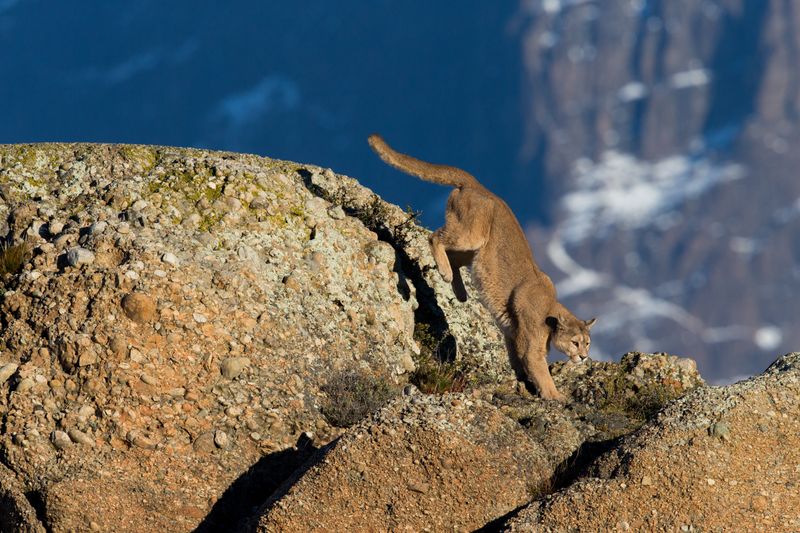
Since 1990, California has classified mountain lions as a “specially protected mammal.” This legal status prohibits hunting or killing these cats without specific permits.
Even mountain lions entering residential areas receive this protection, requiring wildlife officials to use non-lethal methods whenever possible.
7. Wildlife Cameras Are Increasing Reports
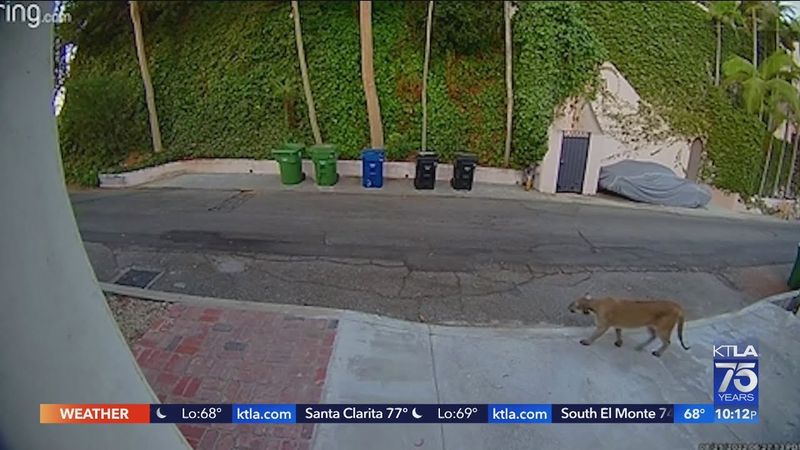
Doorbell cameras and home security systems have revolutionized our awareness of wildlife movements. Twenty years ago, a midnight mountain lion visit would have gone completely unnoticed!
Modern technology now captures these secretive animals, creating the impression of increased presence when they’ve likely been there all along.
8. Never Run From A Mountain Lion
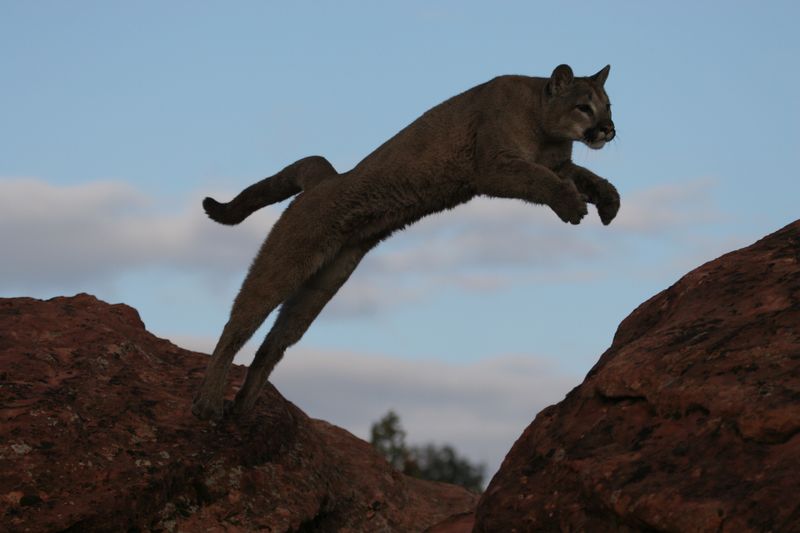
Your instinct might scream “run!” but that’s exactly what triggers a predator’s chase response. Instead, stand tall and make yourself appear larger.
Face the lion directly, make noise, and back away slowly. Running mimics prey behavior—the exact opposite of what keeps you safe!
9. Keep Children And Pets Close On Trails
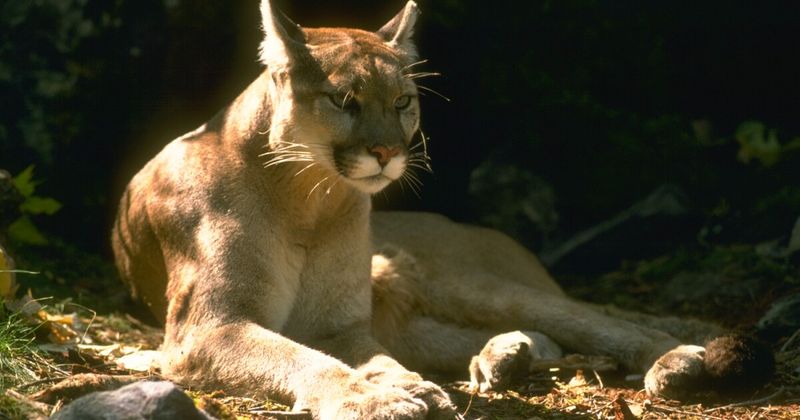
Children’s smaller stature and unpredictable movements can trigger predatory responses. The same applies to dogs running ahead on trails.
Always keep kids within arm’s reach and pets leashed in mountain lion country. Group together when hiking to appear larger and more intimidating to any watching cats.
10. Mountain Lions Rarely Attack Humans
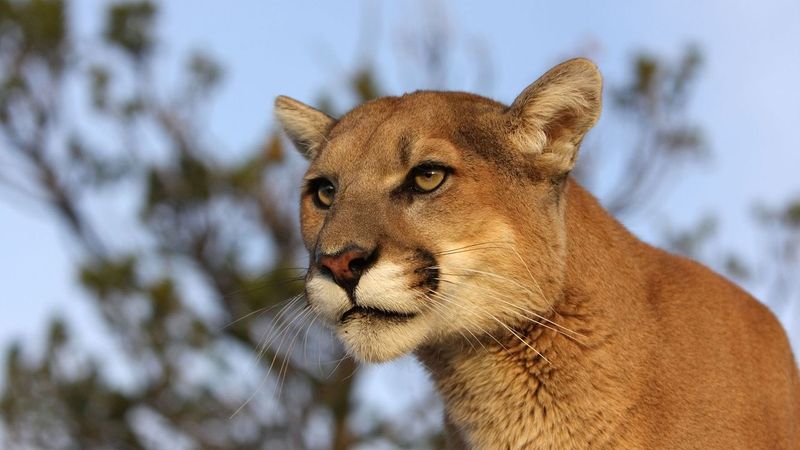
The statistics tell a reassuring story: fewer than 50 verified attacks in California’s entire recorded history. Fatal encounters are even more uncommon.
Your daily commute poses vastly greater danger than any mountain lion. These cats naturally avoid human confrontation whenever possible.
11. Urban Deer Populations Are Fueling Sightings
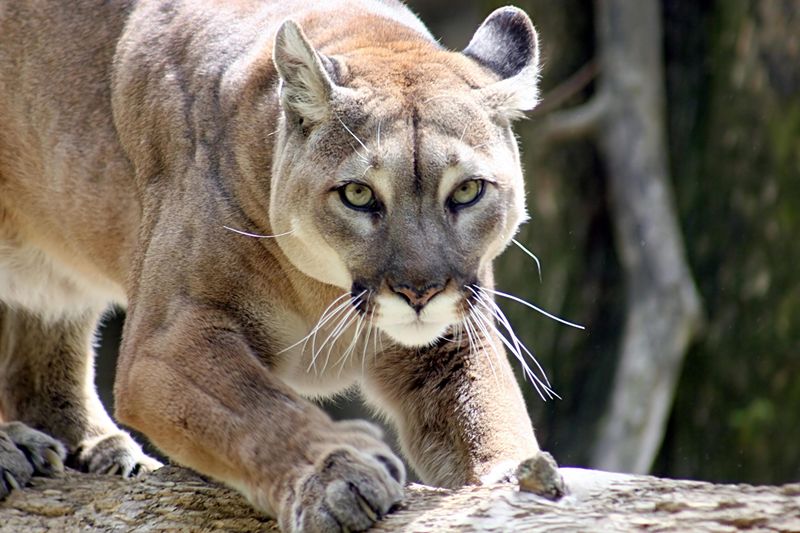
Lush suburban landscaping creates perfect habitat for deer. Well-watered gardens offer abundant food without natural predators—until mountain lions follow.
Many California neighborhoods unintentionally create ideal hunting grounds by attracting deer with ornamental plants and water features, subsequently drawing their natural predators.
12. Use Motion-Activated Lights And Alarms
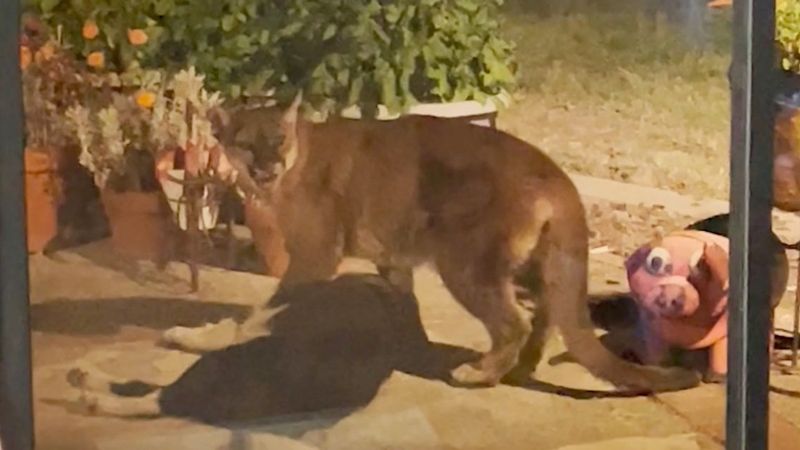
Strategic deterrents can make your property less appealing to prowling cats. Sudden bright lights or unexpected noises startle mountain lions, encouraging them to move elsewhere.
Motion-activated sprinklers offer dual benefits: watering your garden while creating unpredictable disturbances that big cats prefer to avoid.
13. Report Sightings To Local Authorities
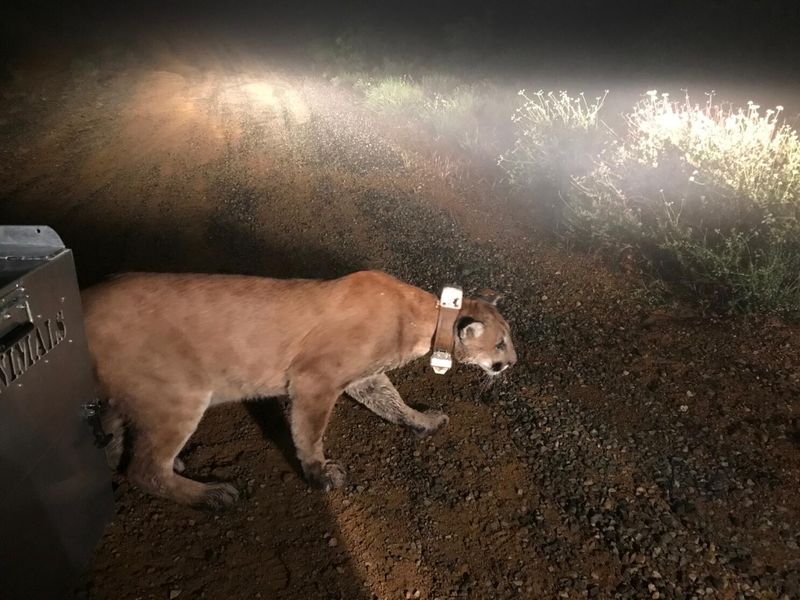
Wildlife officials rely on public reports to track mountain lion movements through developed areas. Your observation helps create vital data for population management.
Many California counties have dedicated wildlife hotlines specifically for reporting large predator sightings, allowing appropriate monitoring and intervention when necessary.
14. Coexistence Is Possible-With Caution
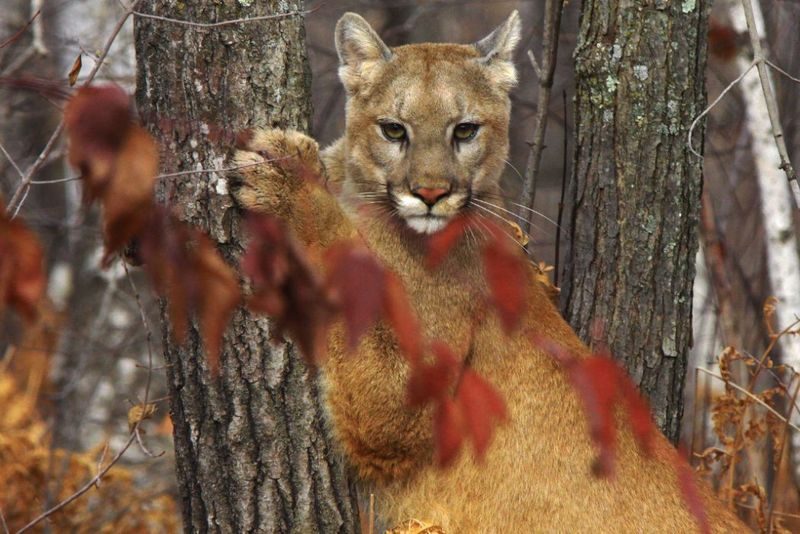
Mountain lions maintain critical ecological balance by controlling deer populations. Without these apex predators, entire ecosystems suffer.
By making smart adjustments to our habits—securing pets at night, hiking wisely, managing attractants—we can share California’s landscape safely with these magnificent native cats.






